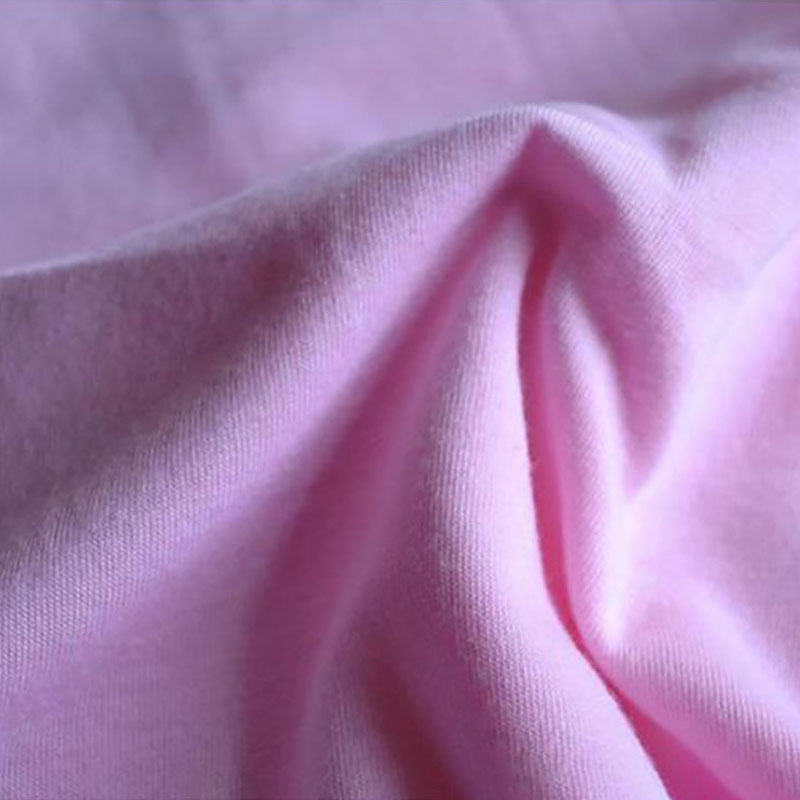When it comes to home clothes, the materials used play a pivotal role in determining their comfort and suitability for different occasions. This article will analyze various materials such as cotton, polyester, and bamboo, elucidating their benefits and drawbacks.

1. Cotton: Known for its softness and breathability, cotton is a popular choice for home clothes. It absorbs moisture and provides comfort during warmer days. However, it tends to wrinkle easily.
2. Polyester: This synthetic fabric is durable and resistant to shrinking and stretching. Polyester is also less prone to wrinkling, making it an ideal option for those seeking low-maintenance clothing. Yet, it may not offer the same level of breathability as cotton.

3. Bamboo: An eco-friendly alternative, bamboo fabric is hypoallergenic and has moisture-wicking properties, making it a great option for sensitive skin. It is softer than cotton and has natural antibacterial qualities. However, it can be more expensive than traditional fabrics.
When selecting home clothes, consider the climate, your skin type, and personal preferences. By understanding the characteristics of each material, you can make informed decisions that enhance your comfort while lounging at home. Aim for a balance between durability and comfort based on your lifestyle needs.

In conclusion, understanding the various materials available for home clothes can greatly improve your home life by enhancing comfort. Whether you prioritize softness, durability, or sustainability, there’s a material out there for your needs. Invest in high-quality home clothes that not only look good but feel good as well.
